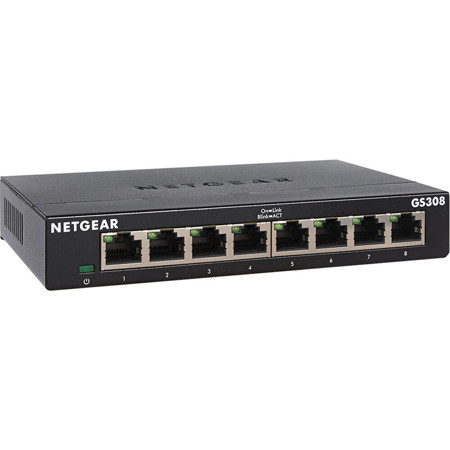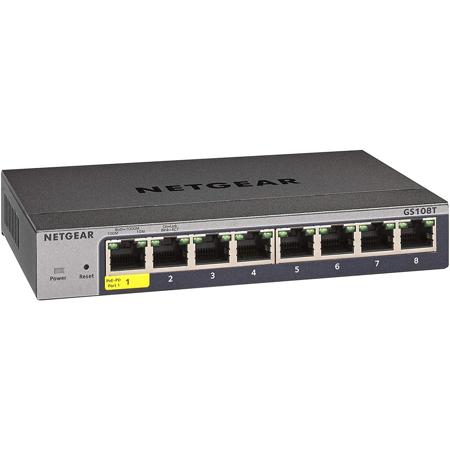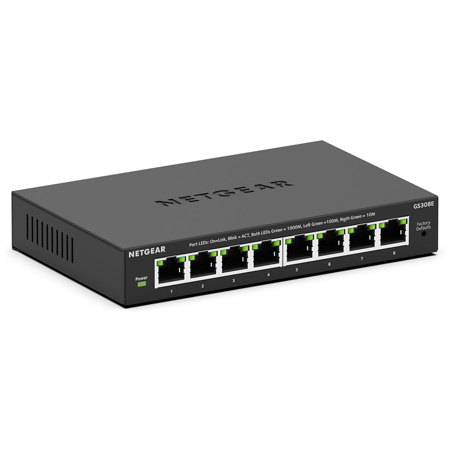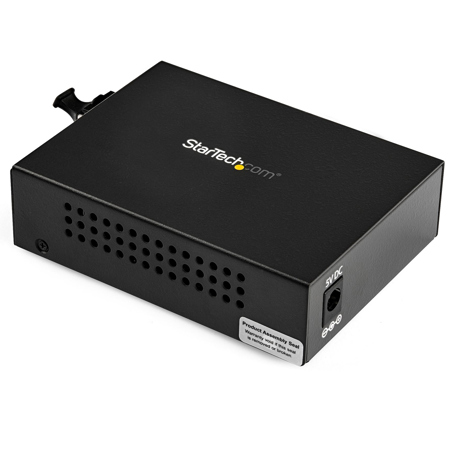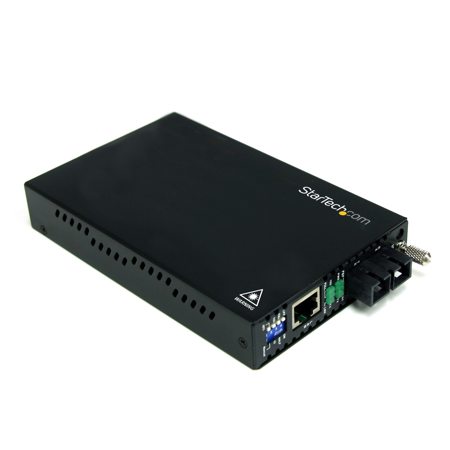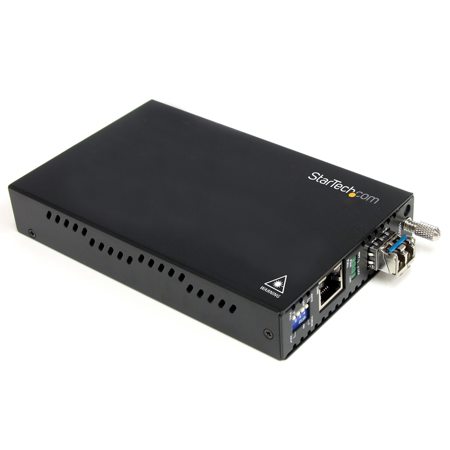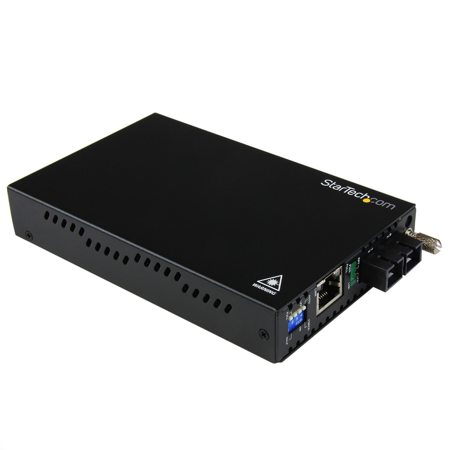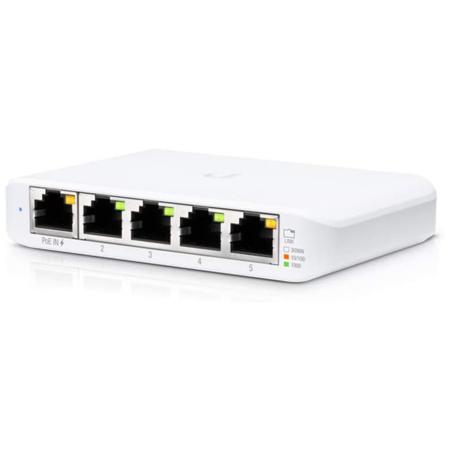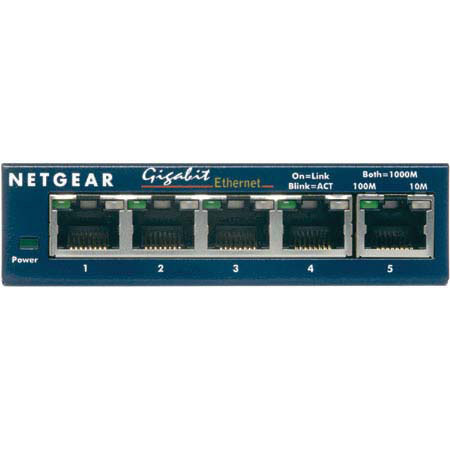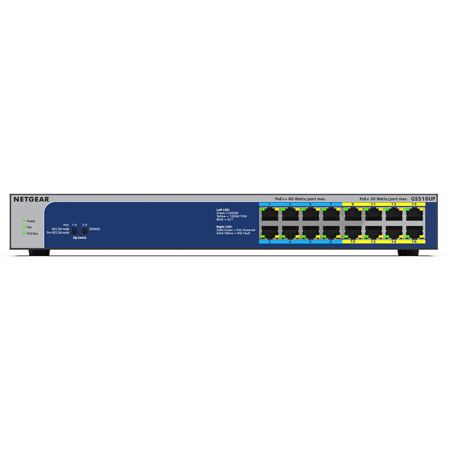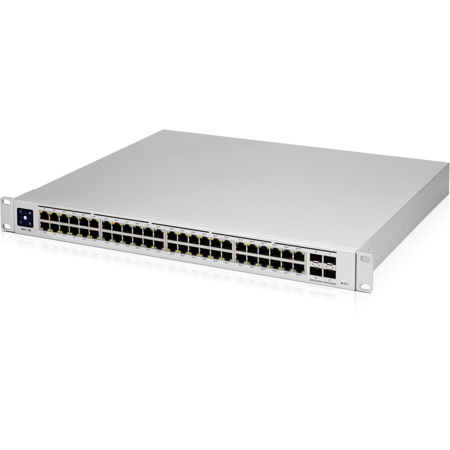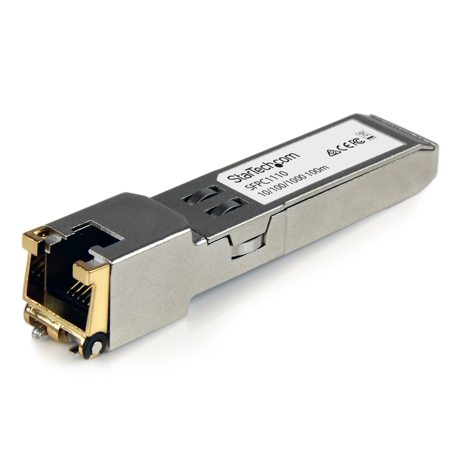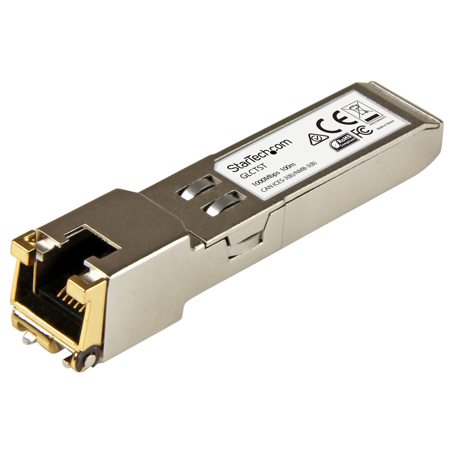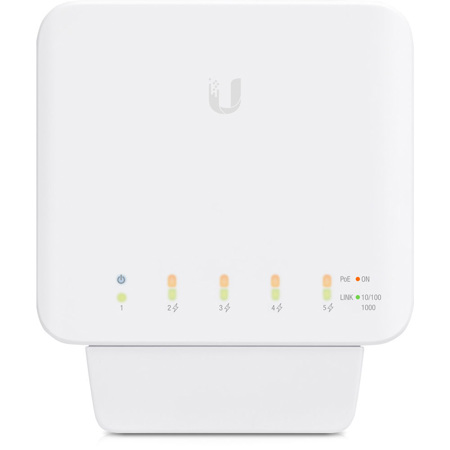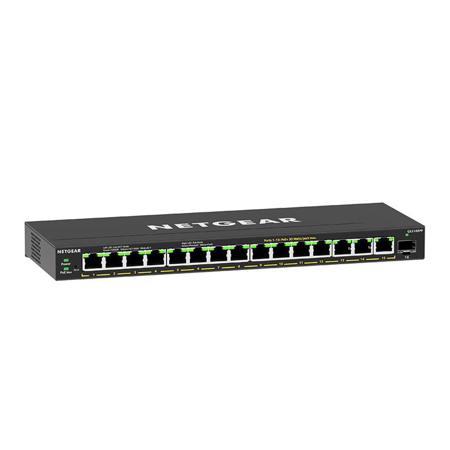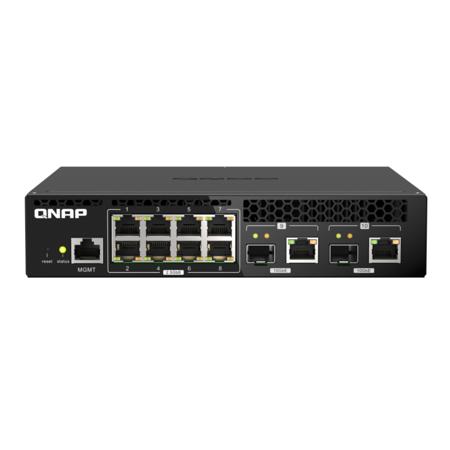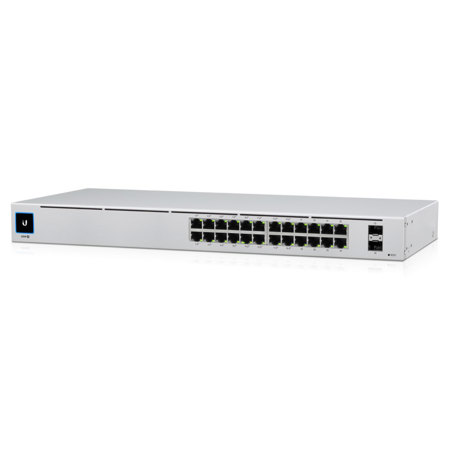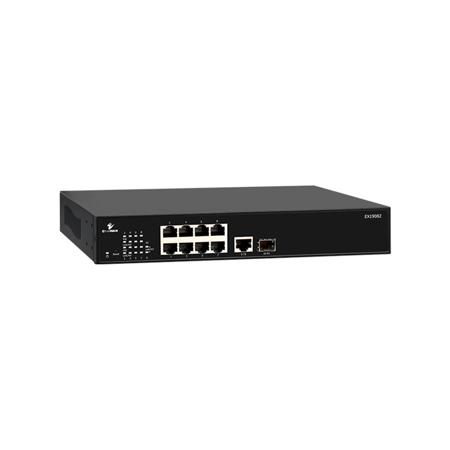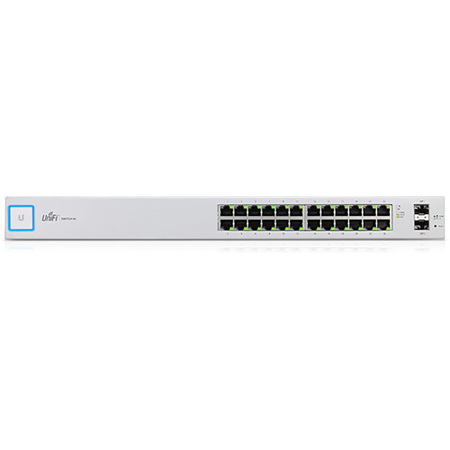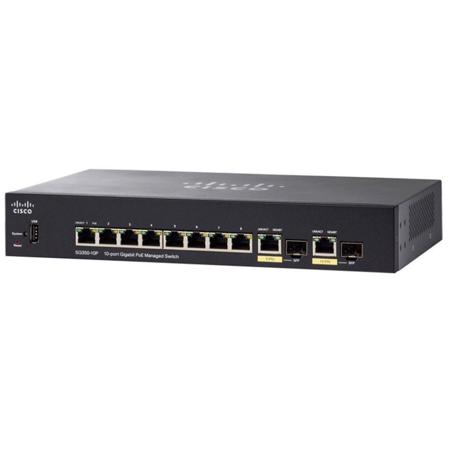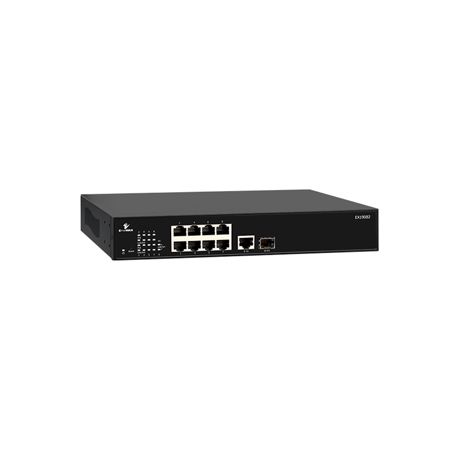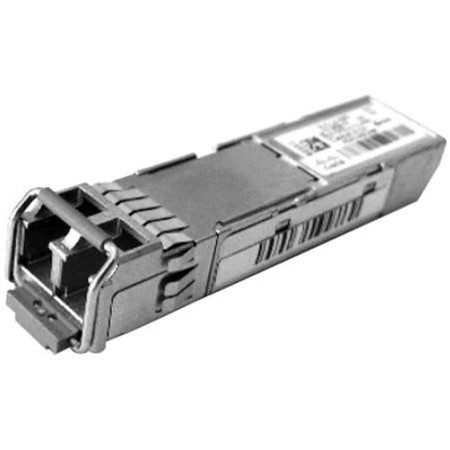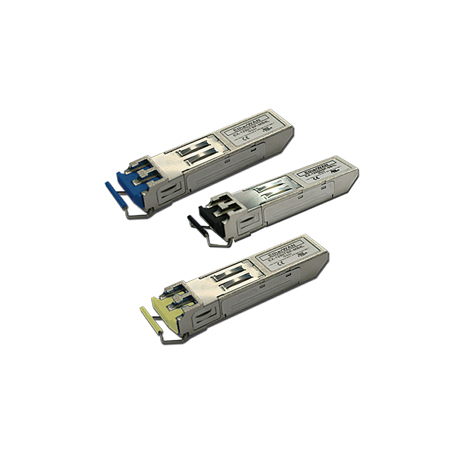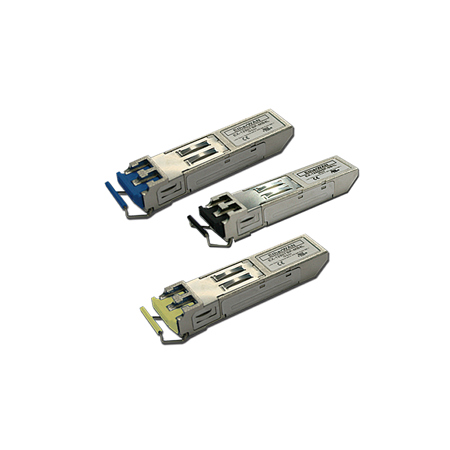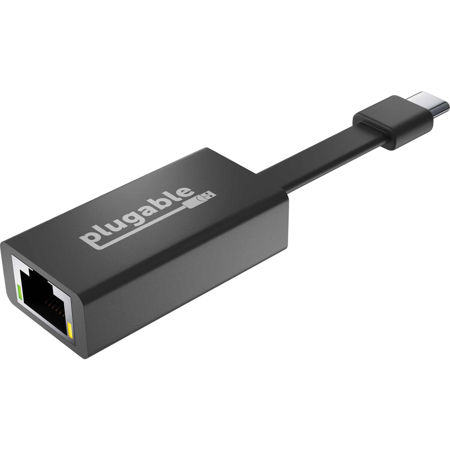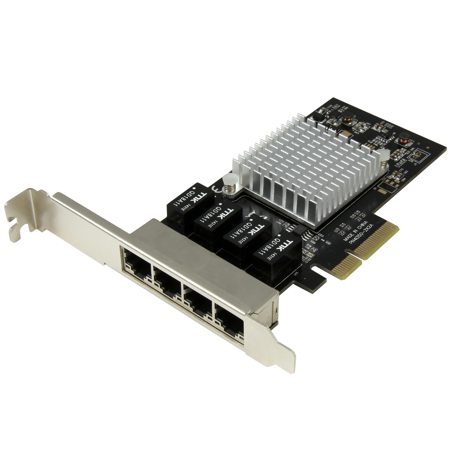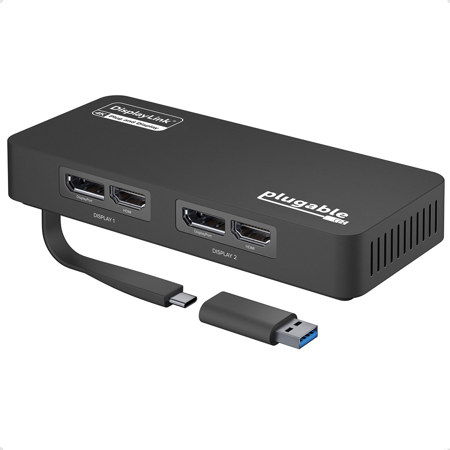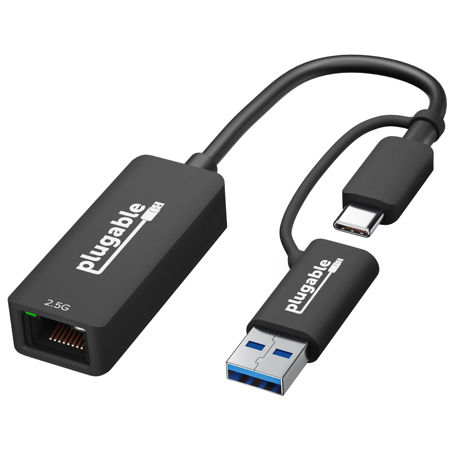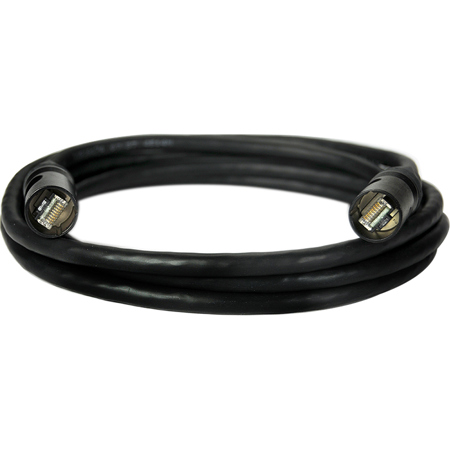Ethernet Interfaces
Ethernet interfaces are the backbone of modern wired networking, serving as the essential connection points that allow devices to communicate within local area networks (LANs) and beyond. Whether you’re outfitting a professional studio, upgrading a home office, or building out a robust IT infrastructure, understanding the role of an ethernet interface is crucial for achieving reliable, high-speed data transmission. At the heart of every ethernet interface is a network interface card (NIC), which houses the hardware necessary to send and receive data packets. These interfaces typically rely on the familiar RJ45 connector, making it easy to plug into standard ethernet cables and integrate seamlessly with switches, routers, and other network hardware. For users who demand the highest performance, gigabit ethernet interfaces deliver impressive speeds of up to 1,000 Mbps, ensuring smooth file transfers, real-time collaboration, and uninterrupted streaming—even when multiple users are sharing the network. The flexibility of interface ethernet options extends to configuration as well, with settings for full-duplex or half-duplex communication, and support for both Layer 2 (data link) and Layer 3 (network) operations. This means that, whether you’re connecting a single desktop or managing complex VLANs across multiple departments, ethernet interfaces provide the adaptability and control needed for any environment.
Selecting the right ethernet interfaces involves more than just checking compatibility with existing hardware; it’s about anticipating how your network will grow and evolve. For creative professionals, such as photographers and videographers, a robust gigabit ethernet interface is indispensable for transferring large media files quickly and securely between workstations and storage servers. In the world of pro audio and video production, where every second counts, a reliable ethernet connection ensures that high-resolution content moves efficiently across editing suites and mixing boards. Small businesses and home users benefit from the simplicity and stability of wired networking, enjoying lower latency and greater security compared to wireless alternatives. As the summer months draw to a close and the pace of work picks up, there’s no better time to assess your network’s needs—whether you’re setting up a new studio, upgrading office infrastructure, or preparing students for the demands of remote learning and digital collaboration. Ethernet interfaces also make thoughtful, practical gifts for tech enthusiasts, IT professionals, or anyone looking to enhance their connectivity. For those interested in extending their network to other essential devices, exploring Ethernet Printers can further streamline your workflow and ensure seamless integration across your digital workspace.
From classic desktops to the latest virtual machines, ethernet interfaces remain a foundational technology, adapting to new naming conventions and management tools as systems evolve. Modern devices may use descriptive names like en0 or ens33, reflecting their onboard or PCI Express origins, while virtualized environments rely on logical interfaces for flexible deployment. Network administrators appreciate the granular control offered by advanced configuration options—monitoring link status, adjusting speed and duplex settings, and tracking performance metrics such as traffic, errors, and collisions. These capabilities are invaluable for troubleshooting and optimizing network performance, especially in demanding professional settings where uptime and reliability are paramount. As technology continues to advance, the enduring value of ethernet interfaces lies in their ability to provide both the physical and logical foundation for secure, high-speed data exchange. Whether you’re managing a bustling creative studio, a dynamic office, or a growing smart home, investing in quality ethernet interfaces ensures your network is ready to meet the challenges of today and tomorrow.
Selecting the right ethernet interfaces involves more than just checking compatibility with existing hardware; it’s about anticipating how your network will grow and evolve. For creative professionals, such as photographers and videographers, a robust gigabit ethernet interface is indispensable for transferring large media files quickly and securely between workstations and storage servers. In the world of pro audio and video production, where every second counts, a reliable ethernet connection ensures that high-resolution content moves efficiently across editing suites and mixing boards. Small businesses and home users benefit from the simplicity and stability of wired networking, enjoying lower latency and greater security compared to wireless alternatives. As the summer months draw to a close and the pace of work picks up, there’s no better time to assess your network’s needs—whether you’re setting up a new studio, upgrading office infrastructure, or preparing students for the demands of remote learning and digital collaboration. Ethernet interfaces also make thoughtful, practical gifts for tech enthusiasts, IT professionals, or anyone looking to enhance their connectivity. For those interested in extending their network to other essential devices, exploring Ethernet Printers can further streamline your workflow and ensure seamless integration across your digital workspace.
From classic desktops to the latest virtual machines, ethernet interfaces remain a foundational technology, adapting to new naming conventions and management tools as systems evolve. Modern devices may use descriptive names like en0 or ens33, reflecting their onboard or PCI Express origins, while virtualized environments rely on logical interfaces for flexible deployment. Network administrators appreciate the granular control offered by advanced configuration options—monitoring link status, adjusting speed and duplex settings, and tracking performance metrics such as traffic, errors, and collisions. These capabilities are invaluable for troubleshooting and optimizing network performance, especially in demanding professional settings where uptime and reliability are paramount. As technology continues to advance, the enduring value of ethernet interfaces lies in their ability to provide both the physical and logical foundation for secure, high-speed data exchange. Whether you’re managing a bustling creative studio, a dynamic office, or a growing smart home, investing in quality ethernet interfaces ensures your network is ready to meet the challenges of today and tomorrow.
